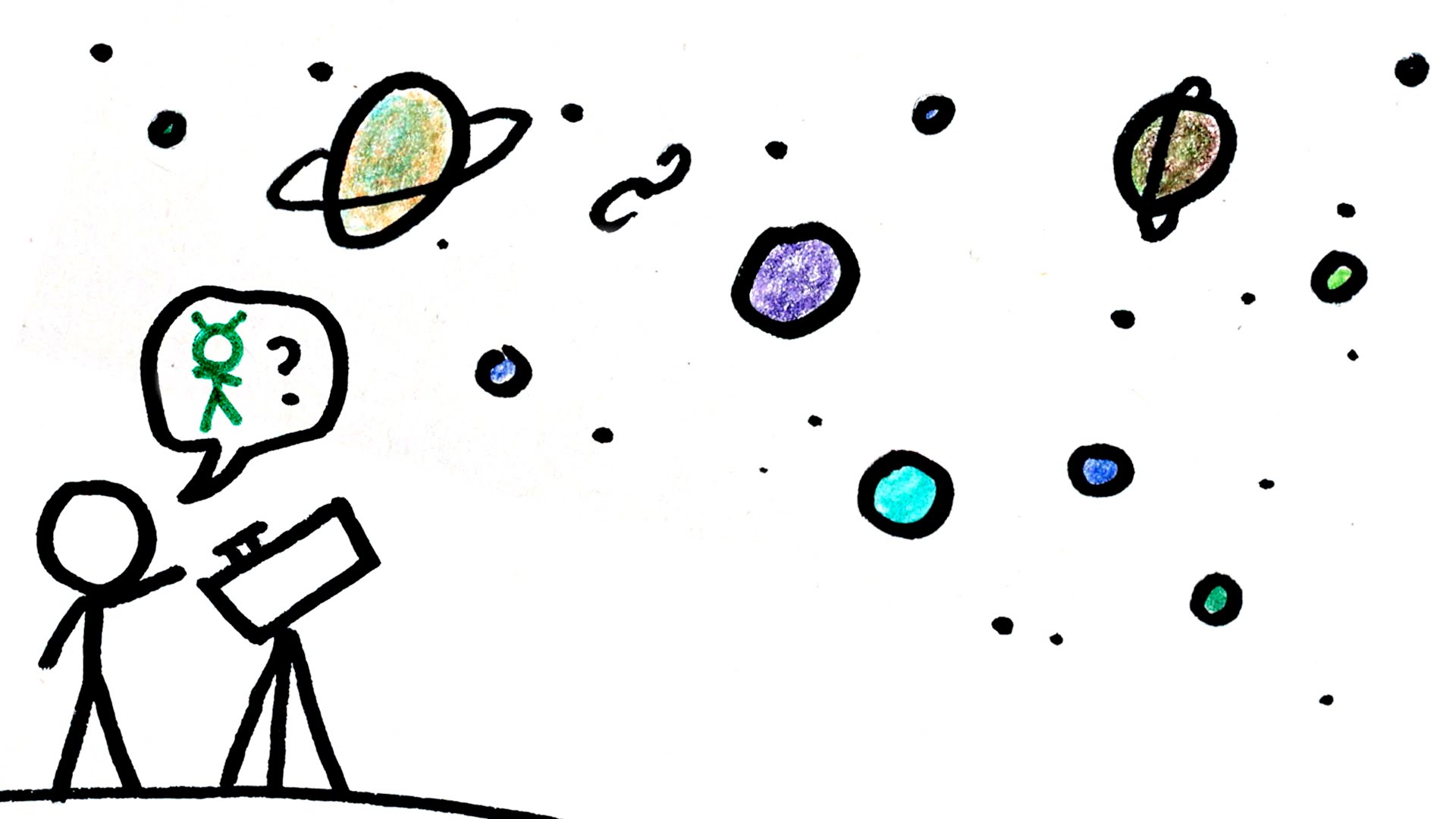
Ready your brain. The universe might be two-dimensional, except we perceive it as three-dimensional, according to the Physical Review Letters. In this thought experiment, the flat surface of the universe contains all the information we need to sense three dimensions—much like a hologram.
This amazing idea is known as the ‘holographic principle’ and arises from string theory. String theory says that the gravity in the universe is made up of thin, vibrating strings called gravitons. These strings make up the holograms of events that happen in 3D space within a flat cosmos. They contain the information that a 3D object would have, for example its volume. So if you want to know what’s happening inside a ball, you can find out everything you need to know just by looking at the surface.
This mind-twisting notion arose back in 1997 when physicist Juan Maldacena “proposed the idea that there is a correspondence between gravitational theories in curved anti-de-sitter spaces on the one hand and quantum field theories in spaces with one fewer dimension on the other,” says Daniel Grumiller from the Technology University of Vienna.
An anti-de-Sitter space is a universe where the fabric of space-time has negative curvature, which is often described as being shaped like a horse’s saddle. The holographic principle holds in this negative anti-de-Sitter space; it can be described in two dimensions but can be visualized in three. In negative space, you could potentially throw an object in front of you and it will eventually land behind you due to the negative curvature of space-time.
However, anti-de-Sitter space has no relation to our universe: The universe we live in is flat and shows some positive curvature properties at astronomical distances. More recently, the holographic principle has been tested mathematically in our own space-time, and so far the numbers seem to match up to reality.
The theory tested was ‘quantum entanglement.’ If two particles are entangled, it means that their properties depend on one another in a certain way and therefore can only be described as a unit. One depends on the other and they cannot be described individually. Even if you physically separate the two particles and fling them to opposite ends of the universe, they still remain entangled and their properties remain dependent on each other (for example their spin).
The physical quantity for the amount that two particles are entangled is called the ‘entropy of entanglement’ and this value was the same in both spaces. This result is significant: In order for an up-and-coming theory to gain traction and validity, it has to hold out when the physical constants and properties of the universe are tested.
Of course, this is currently only a thought experiment on paper. More calculations and tests need to be done to make grand conclusions about the universe being a hologram, but this initial correlation is very exciting and opens up a new realm of thought and imagination.
Whether you decide to embrace the idea that the universe has one less dimension than instinct tells us or not, it certainly draws attention to the importance of blue skies research. This astounding theory was originally only a thought experiment applied to a hypothetical universe. Now, it is possibly changing the way we perceive our own world.
Via IFL Science







